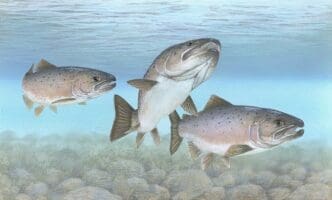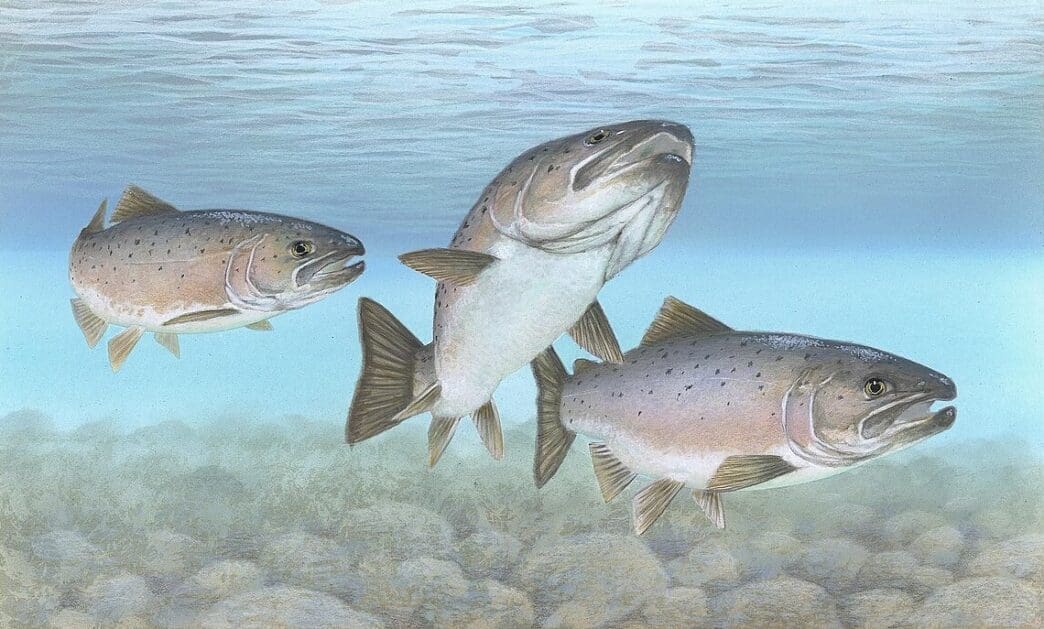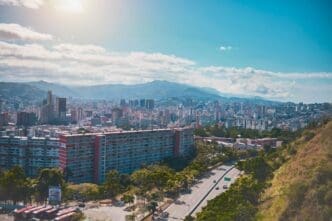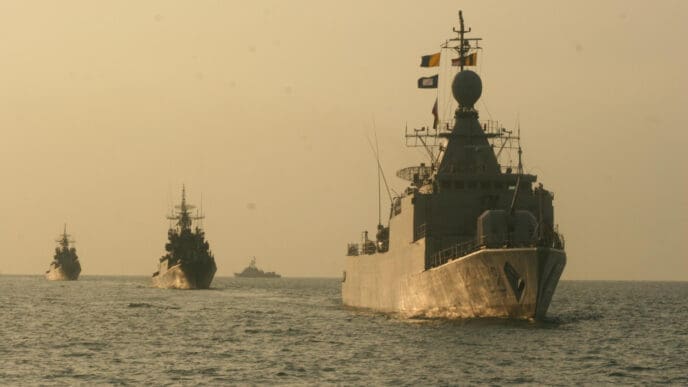The presence of pharmaceutical compounds in aquatic environments is raising concerns about the impact on wildlife, particularly fish. Benzodiazepines, known for their use in treating human anxiety, are among the drugs that end up in waterways due to incomplete absorption by the human body and insufficient filtration by sewage treatment plants. This contamination exposes aquatic organisms, such as fish, to trace amounts of these medications.
A recent study published in the journal ResearchGate – Nature Communications has provided insights into how these drugs might influence aquatic life. Researchers in Sweden administered clobazam, a benzodiazepine, to young Atlantic salmon at levels similar to what they might encounter in contaminated streams. The study found that salmon exposed to clobazam were more successful in reaching the sea, potentially due to reduced social behavior and increased risk-taking, traits that might aid migration.
However, the study also raises questions about the broader ecological implications. While the exposed salmon navigated obstacles like hydropower dams more efficiently, the modifications in natural behavior could have negative consequences. For instance, changes in social structures and anti-predator responses might affect their survival in the ocean and their ability to reproduce.
This research is part of a growing field investigating how human pharmaceuticals affect wildlife. Previous studies have demonstrated that various drugs, including antidepressants and medications for diabetes, can alter fish behavior, sometimes in unexpected ways. Despite these findings, much of the research has been conducted in laboratory settings, leaving a gap in understanding real-world impacts.
The Human Angle
The presence of pharmaceuticals in aquatic environments poses a subtle yet significant threat that could have far-reaching implications for ecosystems and human society. As humans continue to develop and use an array of medications, the potential for these compounds to enter water systems remains high. This not only affects wildlife but also raises concerns about water quality and safety for human consumption.
The impact on aquatic ecosystems could disrupt food webs and biodiversity, ultimately affecting fisheries and the communities reliant on them for livelihoods. Moreover, the chemical load in water bodies highlights the need for improved wastewater treatment technologies and environmental policies to address this invisible form of pollution.
As awareness grows, it is crucial for individuals, industry stakeholders, and policymakers to collaborate in managing pharmaceutical pollution. By understanding the consequences of chemical contamination, society can take steps toward preserving aquatic habitats and ensuring the sustainability of natural resources.
Source: Hellström, Gustav & Klaminder, Jonatan & Finn, Fia & Persson, Lo & Alanärä, Anders & Jonsson, Micael & Fick, Jerker & Brodin, Tomas. (2016). GABAergic anxiolytic drug in water increases migration behavior in salmon. Nature Communications. 7. 13460. 10.1038/ncomms13460.














